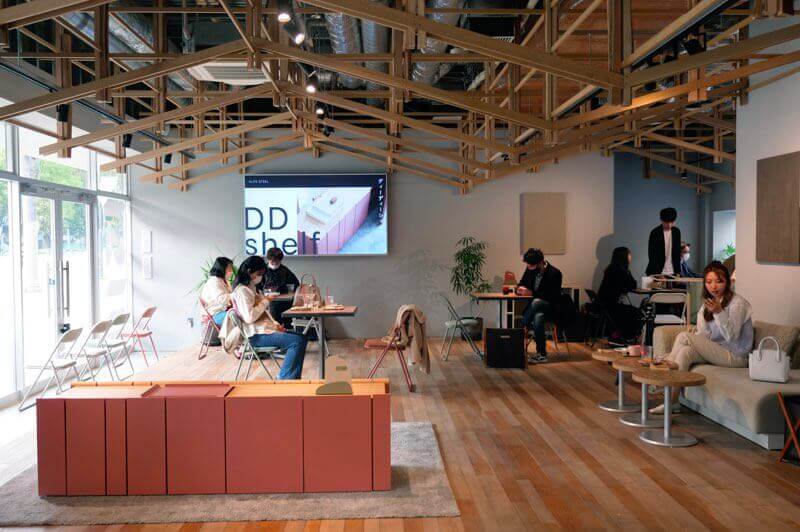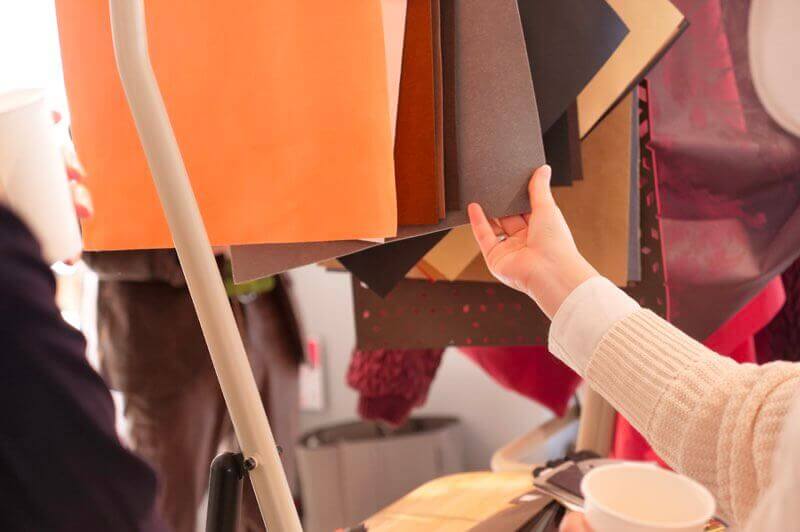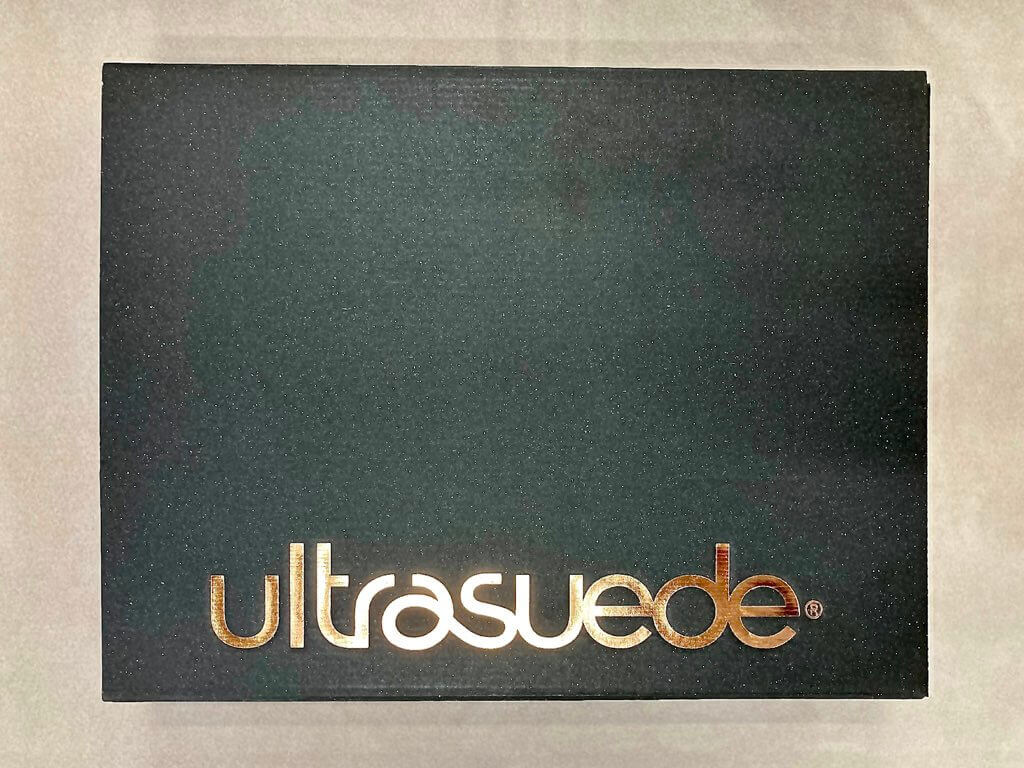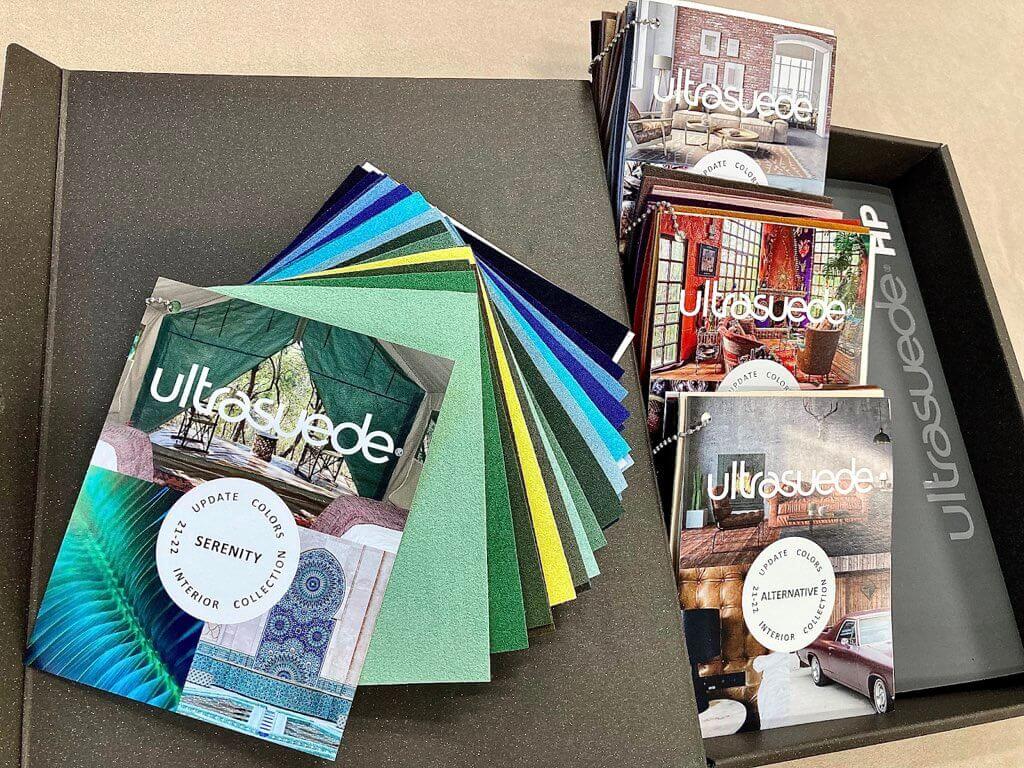
Creating New Touchpoints for Materials in a Socially-Distanced World
In lieu of the big expos that occupied the pre-Covid landscape, manufacturers are thinking of new and innovative ways to showcase materials.
Yet, reinventing a playbook so traditionally predicated on seeing and feeling materials in person is no walk in the park. Rather than simply showing things or highlighting specifications, just how do we redesign exhibitions for new experiences – and even new audiences – in this challenging pandemic timeline?
Together with Loftwork, see how Japanese multinational Toray Industries seized new business opportunities by refitting their premium material Ultrasuede®︎ for a hybrid offline and online world.
About Ultrasuede®︎ by Toray Industries
Ultrasuede®︎ is one of the leading brands under Toray Industries. The manufacturing multinational, currently Japan’s largest producer of synthetic fiber, specializes in organic synthetic chemistry, polymer chemistry, and biochemistry.
At the forefront of the world of ‘new materials’, Ultrasuede®︎ is a highly functional artificial substitute for suede leather, consisting of polyester ultra-fine fibers. Since it was first developed in 1970, the revolutionary material has been used in fashion, interior decorating, vehicle upholstery and countless other industrial applications.
Inserting Business into Everyday Life

With the ongoing Covid-19 pandemic grinding many of Toray’s large-scale exhibitions and on-site business activities to a halt, it made sense to relocate its products to a wholly different setting and context.
In March, Loftwork brought on the furniture manufacturing community of 1518 as a partner to create a series of Ultrasuede®︎ furniture, transforming the space of FabCafe Nagoya as part-exhibition, part-experience.
Taking on the theme of ‘Home Office’, the exhibition also fittingly reflected on the blurring line of work and life under Covid conditions, inviting café-goers to use the Ultrasuede®︎ furniture on display while working, studying or relaxing at FabCafe Nagoya.
Stripping away the panels, samples and artificial showroom spaces of large-scale exhibitions, ‘Made by Community’ created a scene of actual use – where people were able to interact with the products in a natural way.
“The value of the FabCafe Nagoya exhibition is that people can experience it in a place that is not a formal business setting,” says Ryota Yokozeki of Ryota Yokozeki Studio, who led the product design in the 1518 ‘Made by Community’ exhibition. “The fact that our business partners were able to see the scene was an attraction that we didn’t have at conventional exhibitions.”
For 塚本陽人, manager of the Ultrasuede division at Toray, it was also a sight the company itself was not so privy to. “FabCafe Nagoya is a place where the general public naturally gathers, so it was a very valuable opportunity for us to see people actually touching our materials,” he says. “We usually don’t have much direct contact with end users, so we were happy to have a fresh touchpoint.”
Creating ‘Trigger’ for Interaction

Creating the more domestic scene at FabCafe Nagoya has its advantages in being more curated and bespoke than its large-scale counterpart, which, in turn, can act as a new ‘hook’.
For Yokozeki, the expectation for many at large-scale exhibitions stopped at just going there and encountering something. “Now that these exhibitions are being cancelled all over the place, or people are hesitant to come to them, I think it’s necessary to create a unique opportunity for new touchpoints,” he says. “Advance reservations for exhibitions will likely become mainstream in the future, so I think it is important to create ‘triggers’ that make people want to go even with reservations.”
In a post-Covid landscape, with changed rules and expectations, customers (be it clients or end users) themselves are craving unique experiences over one-size-fits-all solutions – in all areas.
Even customers who can’t readily be accessed at arm’s length can be appealed to in more personal ways, as Toray has discovered.


“Through the FabCafe exhibition, I was reminded of the importance of communication while directly holding the actual product in one’s hands,” says 塚本陽人. “For this reason, we are making various efforts to get our materials into the hands of customers who are far away from us.”
“We now send ‘gift boxes’ to special customers, which, in essence, is a sample kit to deliver the latest season’s collection,” he says. “But we also include a handwritten letter so that customers can feel directly connected to us somehow.”
Moreover, as we face fewer opportunities to physically touch things, a company’s online assets also need to be appealing than ever before. Citing having a well-made video as something that can be a hook in and of itself, Yokozeki says that it’s becoming more important than ever to make people want to touch. “Then, if the customer really wants to touch the product, he or she will inquire about it.”
Yokozeki: I think it’s because people have fewer opportunities to touch products with their hands. In terms of sensory value, it has become about one tenth of what it used to be. That’s why it is important to make people want to touch a product before they actually touch it by showing them how good it feels in a well-made video. That’s why I think it’s becoming more important than ever to make people want to touch the product by showing them how good it feels before they actually touch it. If the customer really wants to touch the product, he or she will inquire about it.
Finding a Balance in an Offline-Online World
Last fall, Yokozeki brought the 1518 products to the exhibition ‘DESIGNART’ and incorporated a green screen and AR videos into the space. This became a device for visitors to make their own composite videos to upload onto social media – in what Yokozeki views as a synergy between the offline and online.
However, under the impact of Covid, many businesses began to falsely view the relationship of the offline and the online as substitutes for one another, rather than focusing on the mechanisms in place that make people want to go out of their way to see the product, order the product or visit the product.
Miyuki Ida, director of FabCafe Nagoya, points to Loftwork’s previous work with gel material αGEL®︎, for which Loftwork built new sensory ‘haptic’ values and communication tools. The most prominent of these were the ‘Haptics of Wonder’ 12 Touch αGEL®︎ materials toolkit and UX Map.
“By creating a communication tool designed as a ‘kit’ for experiencing the sense of touch rather than a mere sample, we received inquiries and consultations that never existed before,” she says. “The website, with its emphasis on animation, also became a touchpoint to convey the fun of the texture and to arouse interest, even without the toolkit at hand.”
Moreover, today’s changing business climate also calls for more specific targeting, and aligning communities with the company’s goals.

“It’s not enough to just have samples or a venue, it’s also important to design ‘who to meet and how’,” Ida says, pointing to both Nagoya’s manufacturing background and the already mature business community within FabCafe Nagoya as factors in scoping out potential Ultrasuede®︎ customers.
About FabCafe
FabCafe has 11 locations around the world, with each region building its own business, technology and creative communities. With limited overseas travel, this global network has allowed Loftwork and its partners to connect with various local communities to drive creative projects.







